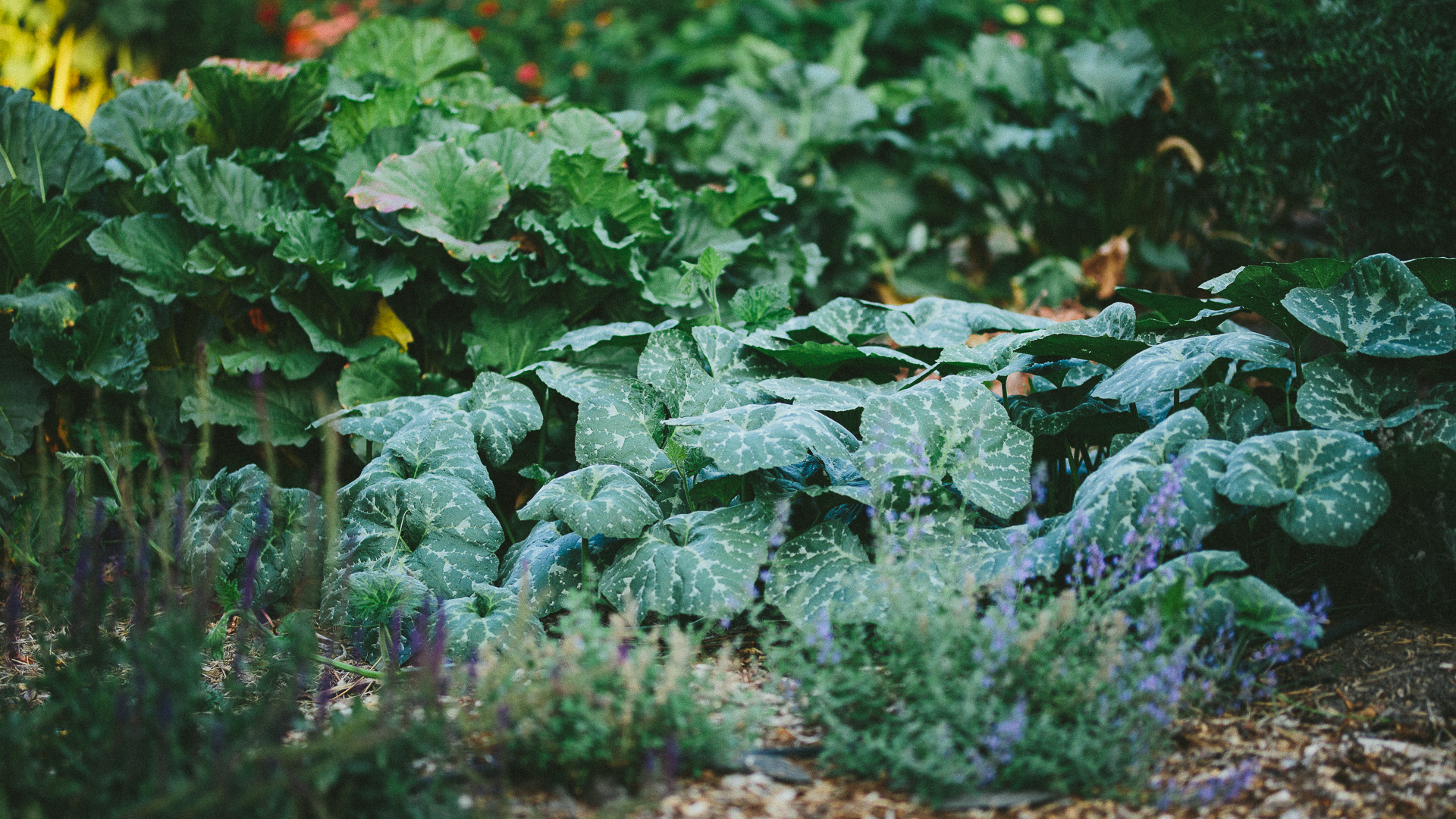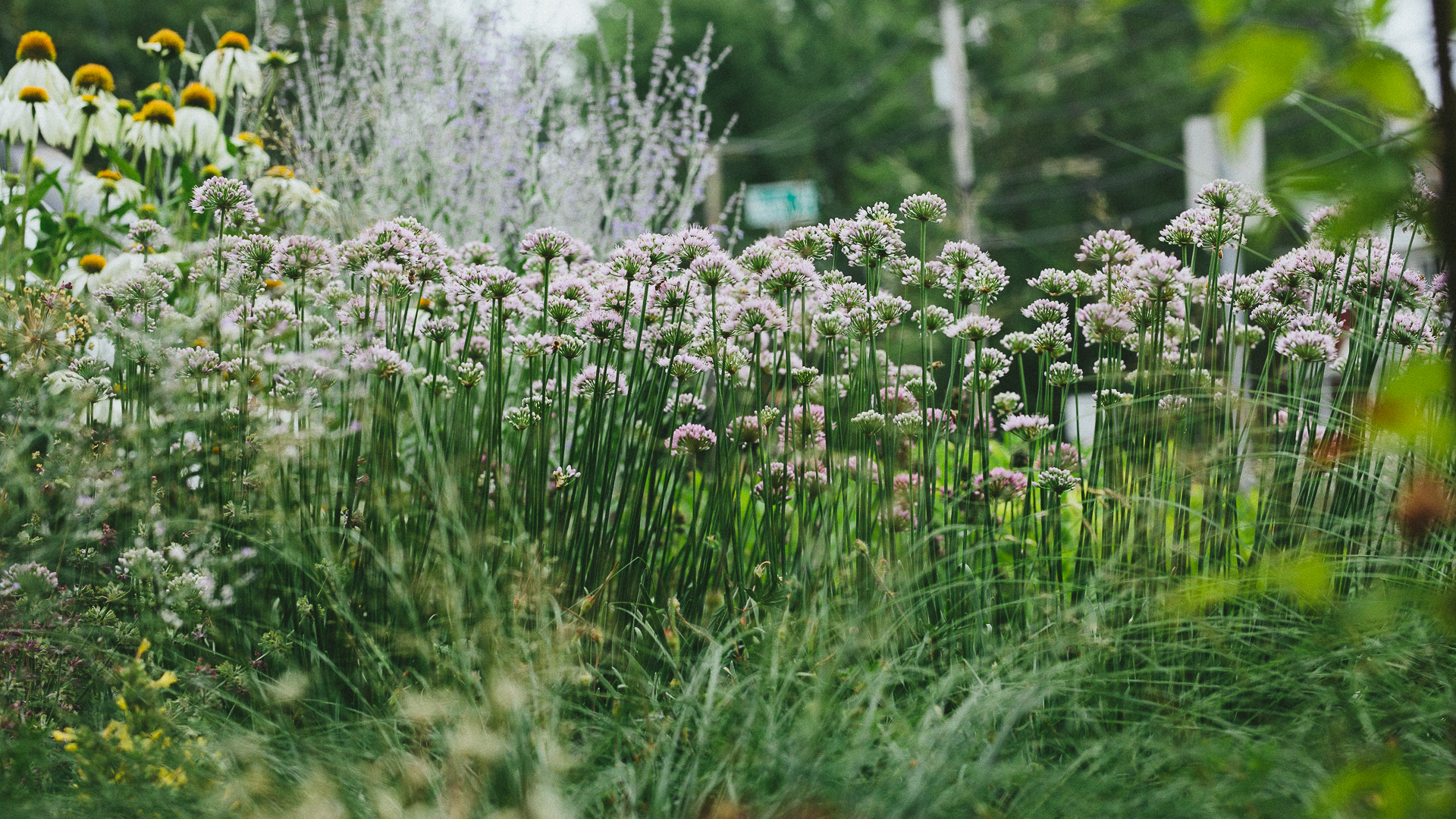A Balanced Heart Is A Healthy Heart
Are you living from the heart? Find out. Take our brief quiz to get your own #LiveFromTheHeart tip sheet.
Take the quiz!
By Emily Murphy | Posted Jun 13, 2024
It’s possible to support biodiversity with no-dig, regenerative gardening.
According to a 2019 United Nations report, 1 million plant and animal species are threatened with extinction in the coming decades — it’s an unprecedented number! However, a number of surveys have found that our home gardens, community plots, and cityscapes have the power to support biodiversity and at-risk species such as pollinators — particularly when we grow with no-dig, regenerative techniques.
Start today.


Remember your food web lessons from grade school? Perhaps your teacher gave worksheets, or you and your classmates were assigned an animal or plant and then asked to connect the dots, filling in lines (or connecting them with string) to demonstrate the relationships between living things and the greater world.
It’s pretty simple. The vast network of connectivity weaves our world together. The greater the points of connection, the greater the ecological richness. At the core of this richness are microbes — yep, microbes. They’re our hidden connection to nature. One could argue that they hold the world together.
Since the advent of the industrial revolution, we’ve witnessed an accelerated disassembling of nature. Urban infrastructure, natural resource extraction (including deforestation), and the conversion of greenbelts into farmland are some of the many culprits, slicing up our Earth pie into smaller and smaller bits. While these are the very things that make our lives as we live them possible, it’s time to step back and consider how we can do things differently. How can we grow more good and reassemble nature?
Start by thinking like an ecosystem. Connect the dots, increase connectivity, and bolster species richness by growing and regenerating resilient communities and a more resilient planet with no-dig, regenerative gardening techniques.
Finally, remember biodiversity begets biodiversity.
This post was first published on Emily Murphy’s passthepistil.com in May 2021. The content is reproduced here with the consent of the author.